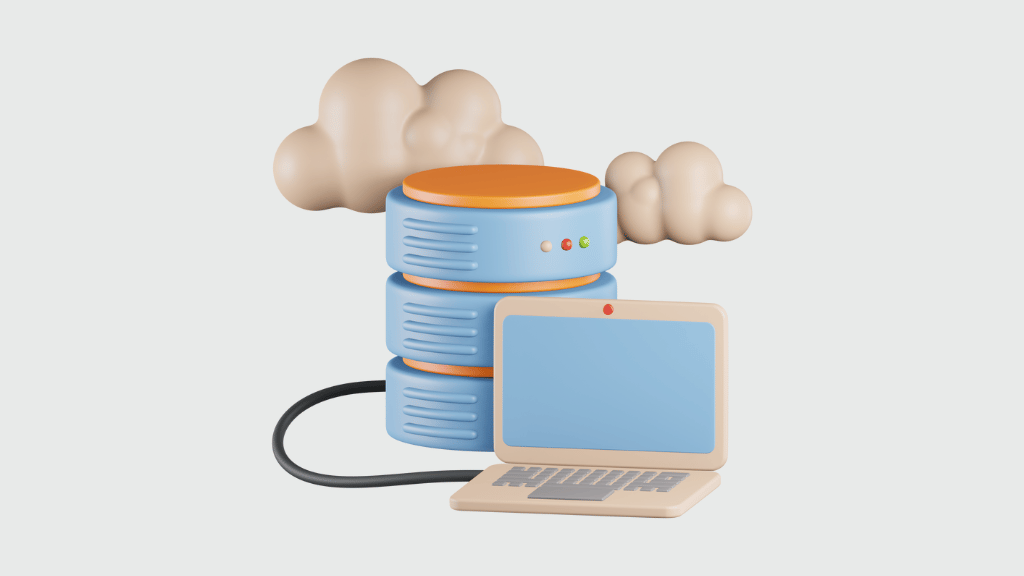Marketing databases can often become outdated and stale over time. You may be sifting through contacts that no longer serve your business, or perhaps your information is obsolete. If this sounds like a familiar problem, it’s time to refresh your old marketing database.
Now, you might wonder: How do I accomplish this daunting task?
Well, don’t fret! In this article, we’ll guide you step by step on how to rejuvenate your dusty old marketing database. From cleaning up outdated contact information to enriching your data with new insights, we’ve got it all covered.
So, let’s dive right in!
By the end of this read, you will have a revitalized marketing database and an enriched understanding of how to maintain its relevance in the long run. Buckle up for an informative ride ahead!
Understanding the Importance of a Fresh Marketing Database

If you’ve been in the marketing game for a while, you’ll understand that an outdated marketing database is like navigating uncharted waters without a compass. It’s crucial to grasp the importance of keeping your marketing database fresh and updated.
Here’s why!
A stale database can lead to wasted resources. You’re spending time and money reaching out to contacts who may no longer be relevant or even exist! A study by HubSpot found that marketing databases naturally degrade about 22.5% per year. Nearly one-quarter of your contacts could be updated if they were regularly refreshed.
Secondly, maintaining accurate data improves customer engagement levels significantly. Imagine this:
You send out personalized emails only to have them bounce back because they were sent to old or incorrect addresses. It doesn’t exactly scream professional. Conversely, with an up-to-date database, your communications reach the intended recipients, leading to higher open rates and better conversions.
Finally, remember that quality is the most important factor with your contact list – having fewer but more accurate records is much more beneficial than having thousands of useless ones!
Identifying Outdated Information in Your Marketing Database

You’ve probably heard the saying, “Knowledge is Power.” But what if that knowledge needs to be updated? In the fast-paced world of digital marketing, information becomes obsolete quicker than you can say “click-through rate.” So, it’s crucial to keep your marketing database updated and fresh.
The first step in refreshing an old marketing database is “Identifying outdated information“.
For instance, let’s say you’re still holding onto email addresses that bounce back for months or even years. This clogs up your database and negatively affects your email deliverability rates.
Another common type of outdated information is incorrect or changed customer details. If a customer has moved jobs or changed industries, their old contact details are no longer relevant to your marketing efforts. You’ll need to weed out these inaccuracies to maintain a high-quality database.
But how do you identify such outdated data? Here are some tips:
- Monitor Bounce Rates: High bounce rates often indicate invalid email addresses.
- Check Engagement Levels: Low engagement levels could mean the recipient isn’t interested.
- Validate Data Regularly: Use data validation services to verify and correct inaccurate records.
Remember, keeping an eye on these metrics will help ensure that your marketing communications reach the right audience at the right time, thus increasing overall effectiveness!
Once you’ve identified this outdated information, what should be done next?
That’s where our next section comes in:
“Cleaning Up Your Database“. Stay tuned for more insights into revamping your dusty old database into a lean, mean marketing machine!
Steps to Refresh Your Old Marketing Database

Refreshing your database is a must-do process for businesses looking to stay relevant and competitive. Here are some clear-cut steps you can follow:
Firstly, identify outdated information. You might be surprised at how quickly data can become obsolete in today’s fast-paced digital world. People change jobs, email addresses, and even their interests or preferences.
Secondly, validate your existing data using reliable tools available on the market. They’ll help filter out invalid email addresses and update records with missing details such as job titles or company names.
Next is segmenting your database into meaningful groups based on factors like purchasing behavior, demographics, or customer lifecycle stages—whatever makes sense for your business model.
- Purchasing Behavior: What product or service did they purchase? When did they make that purchase?
- Demographics: Age range? Location? Job title?
- Customer Lifecycle Stages: Are they new customers? Repeat customers?
After segmentation comes personalization – ensuring every interaction with each segment feels unique and tailored to their needs.
Last but not least important is maintaining this refreshed state by regularly reviewing and updating your database, because what good is all this effort if it just goes back to being outdated again?
Sound like a lot? It can be.
Luckily, data hygiene services exist that can make the process easier for you. Refreshing an old marketing database isn’t a one-time project but an ongoing commitment. The investment pays off tremendously through improved engagement rates, higher conversion rates, and better customer relationships.
Maintaining the Quality of Your Refreshed Marketing Database

So, you’ve refreshed your marketing database. Now what? Keeping it in top-notch shape is your next mission. A stale or outdated database won’t benefit your marketing strategies.
Regular audits are a must. It’s like going for routine health check-ups, but for your data. You’d be surprised at how quickly information can change or become irrelevant! Schedule these audits periodically—maybe once every quarter should suffice.
Now, let’s talk about segmentation. This tactic groups similar data based on criteria such as demographic information, purchasing behavior, etc.
Why is this important? Because it helps you target your marketing campaigns more effectively! You’ll increase engagement and boost conversions by sending relevant content to specific audience segments.
In addition to auditing and segmentation, keeping an eye on bounce rates can be pretty revealing. High bounce rates could mean there’s something off with either the content you’re sending or the quality of email addresses in your database — or both!
It’s crucial to address this promptly; otherwise, it might harm campaign performance and the sender’s reputation.
Finally, consider investing in automated tools that help keep databases clean and up-to-date because sometimes manual maintenance doesn’t cut it when dealing with large volumes of data.
- Regular Audits: Keep tabs on relevance and accuracy
- Segmentation: Enhances targeted marketing
- Monitoring Bounce Rates: Signals potential issues
- Automated Tools: Assist with large-scale maintenance
Remember that maintaining a high-quality database isn’t a one-time task but requires ongoing effort and attention! So roll up those sleeves and ensure that all the hard work put into refreshing does not go down the drain due to poor maintenance practices.
Final Thoughts
Revitalizing your old marketing database can have profound effects on business growth. It’s not just about keeping your lists up-to-date—it’s about refining and sharpening your marketing strategy.
First, you’ll notice an increase in engagement rates. A refreshed database means you’re reaching out to the right people—those genuinely interested in what you have to offer. This results in higher open rates, more click-throughs, and more conversions.
Secondly, a clean database reduces the chances of being flagged as spam. Bounce-back emails or undelivered messages won’t plague your campaigns anymore. Your deliverability rate will soar, and so will your reputation with email service providers.
Lastly, it leads to cost savings. You’re avoiding wasting resources on ineffective outreach attempts by eliminating unresponsive contacts or outdated information from your database.
Refreshing your marketing data leads to the following:
- Higher open rate
- Better deliverability rate
- Lower cost per lead
So don’t underestimate the power of refreshing your old marketing database—it could be the game changer for propelling business growth. Remember, though, that it isn’t a one-time job but rather an ongoing process to keep improving the quality and efficiency of your marketing efforts.




